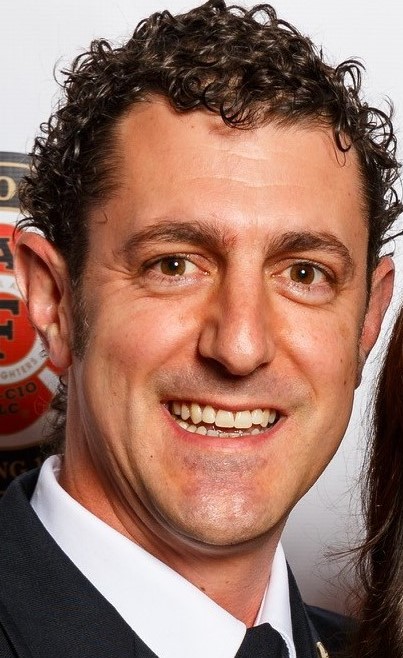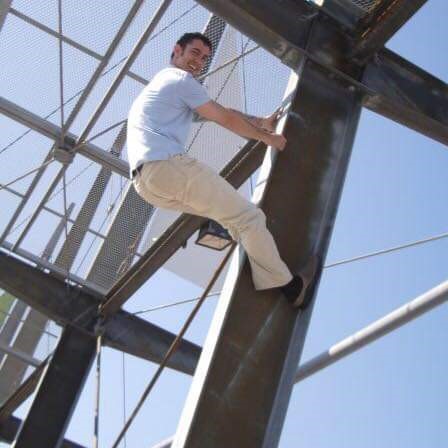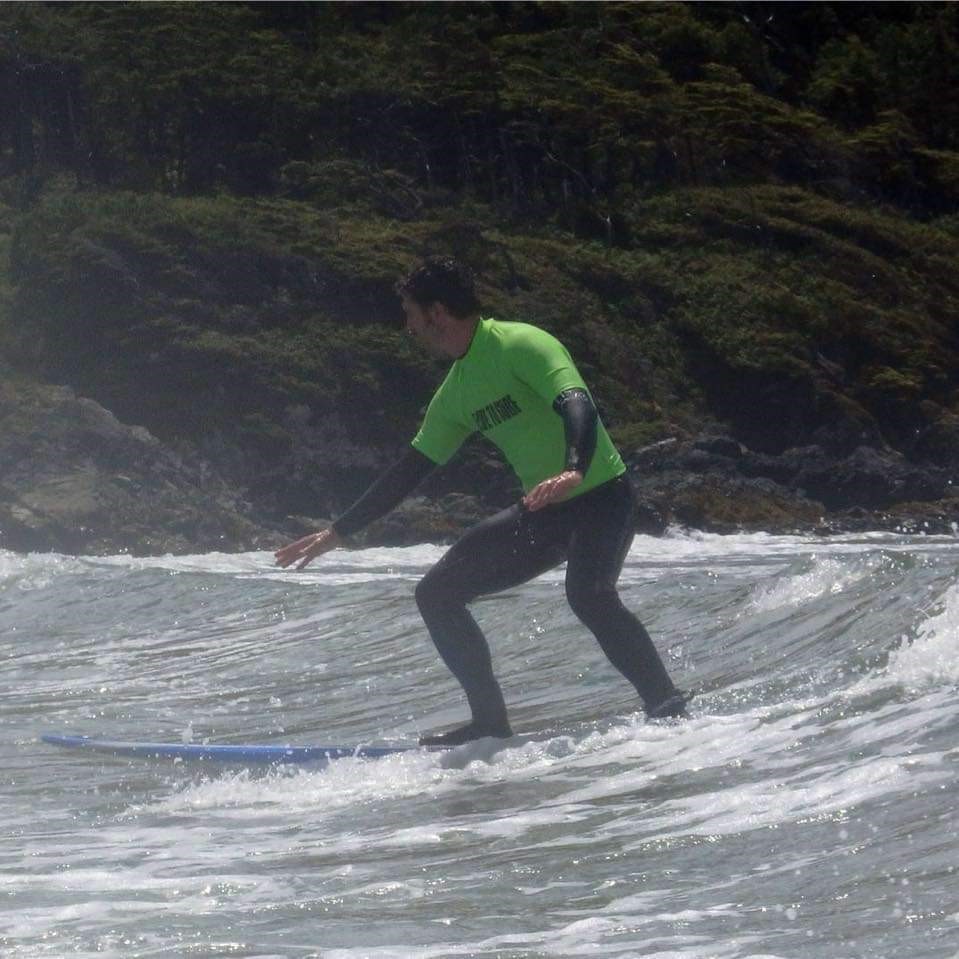Villagers
I'm Jim Burns
Owner | Fire Code Consultant
Regina, SK
What is your current job role and building code experience?
My current job title is Owner | Fire Code Consultant at Burns Fire Code Solutions. I graduated from Seneca College’s Fire Protection Engineering Technology program in 2002. Upon graduating I worked with LRI Engineering to assist in designing the fire alarm system at Bruce Nuclear Generating Station for the Unit 3, 4 restart project. I then went into Building and Fire Code consulting until becoming a fire inspector/investigator for 12 years with Regina Fire and Protective Services.
WHAT ARE YOU PASSIONATE ABOUT OUTSIDE THE OFFICE?
Someone told me years ago that you need to enjoy where you live. So my passions have changed depending on where I live. I still remain passionate about some activities, even though I don’t often get to do them. For example, surfing, and bouldering/rock climbing. My family is the most important to me. As a father of two young children, I don’t get much free time. But when I do, I enjoy Brazilian Jiu-Jitsu (BJJ). I’m a pretty bad blue belt to be honest, but it’s fun. I also took up curling with my wife a few years ago. We figured an indoor winter activity is a bit more pleasant than outdoors during the frigid cold winters.


What impact do you hope to have at Kilo Lima?
I hope to be able to provide some value to the readers through providing examples, stories and research. I hope to provide the voice from another perspective. I’ve seen buildings from cradle to grave. As a plan reviewer I get to apply my knowledge of the building code and fire code in the design stage. As an inspector I inspect the occupied building. As a fire investigator I inspect for origin, cause and circumstances of a fire. In each of these stages I apply my knowledge of the building and fire code. I see why flame spread ratings, fire separations, spatial separation, integrated testing and commissioning, etc are important.
What are the biggest challenges facing the building code industry today?
With technological advancements the world is rapidly changing. New advancements in construction technology, in design technology, in science, etc. These changes are pushing the envelope of what we envisioned to be possible. While we all want to see these rapid advancements, new technologies and designs implemented, we need to ensure that we introduce these safely. We need to ensure not only the safety of the envisioned occupants of the building, but also the safety of our emergency responders. The implementation of these new designs and technologies requires that everyone involved in the process understands the code requirements. The codes and standards cannot keep up with these designs and technologies. It is therefore imperative that in order for these new designs and technologies to be implemented that a collaborative design approach be implemented. That is to bring together the key the players in all aspects of the design and construction process and ensure that they understand the codes and their objectives. This is more important now than ever before. This requires a concerted effort in continuing education for everyone in the industry including those in the regulatory environment. The challenge of this is that municipal budgets for training are limited.
“While we all want to see these rapid advancements, new technologies and designs implemented, we need to ensure that we introduce these safely.”
WHAT PROJECT OR INITIATIVE HAVE YOU HEARD ABOUT LATELY THAT REALLY INSPIRES YOU?
I’m passionate about fire and life safety. There is still so much we need to learn. Two projects that I have impacted me are From Knowledge to Practice (FKTP) Curriculum, at firedynamicstraining.ca and UL Firefighter Safety Research Institute (UL FSRI). Both groups have researched and developed training to further enhance the knowledge of fire dynamics in the residential setting. While the stated objectives are related to firefighters, I believe there is so much more that can be extracted from these resources. I encourage anyone who deals with the fire and life safety aspects of the building code to seek out more knowledge on fire dynamics and apply that knowledge to their building code practice.


WHAT’S BEEN A PIVOTAL PROJECT FOR YOU?
As fire inspectors and investigators, it is not often that we see the fruits of our labor. A few years ago I investigated a fire that occurred at the front of an occupied home. The fire was intentionally set by a youth. This was at a time we had seen a rise in garbage and garage fires. Rather than deal with the issue solely as a fire department issue or police issue, we favored a community-based approach. I along with other members of our department participated in the community-based group. Over the next few years we continued to see a decrease in the number of youth set fires. Fire inspectors rarely get a chance to see the fire that you may have prevented.
